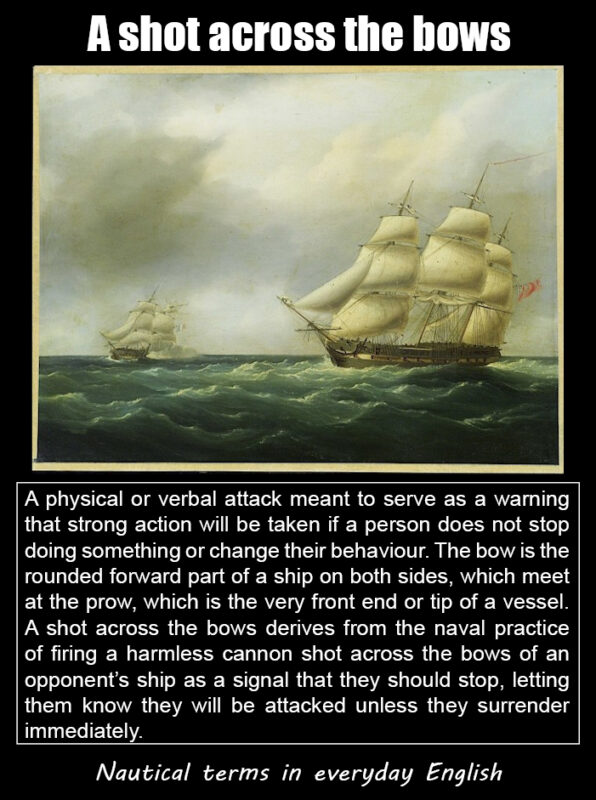
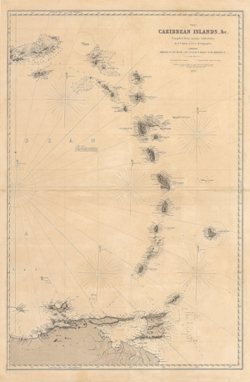 The name King William’s War was given to the American theatre of operations in the Nine Years’ War. It was probably named so because the war broke out when William III ascended to the throne of England and because of the financial interests he held in the Hudson Bay Company. It was fought on a much smaller scale than in Europe. One area of contention was the fur trade in the colonies, another was Caribbean trade. England and Spain, who were traditionally enemies in the Caribbean, were now allied against France, but although the Allies had for the most part the naval advantage in this region, it proved impossible to keep the French from supplying their colonial forces.
The name King William’s War was given to the American theatre of operations in the Nine Years’ War. It was probably named so because the war broke out when William III ascended to the throne of England and because of the financial interests he held in the Hudson Bay Company. It was fought on a much smaller scale than in Europe. One area of contention was the fur trade in the colonies, another was Caribbean trade. England and Spain, who were traditionally enemies in the Caribbean, were now allied against France, but although the Allies had for the most part the naval advantage in this region, it proved impossible to keep the French from supplying their colonial forces.
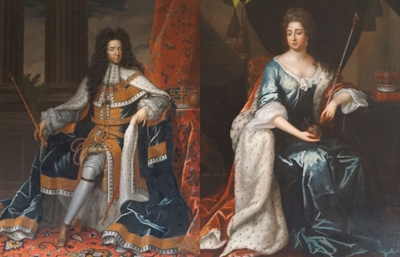 The Nine Years’ War, which took place from 1688-1697, was also known as the war of the Grand Alliance, or King William’s War in the Americas. The Grand Alliance was formed by England, the Dutch Republic, and the Grand Duchy of Austria, later to be joined by others, including Spain and Savoy, to oppose Louis XIV’s expansionism on the Rhine and in northern Italy. Louis XIV’s anti-protestant policies, in particular the persecution of the French Huguenots, also made him unpopular with protestant rulers in Europe. This war also sometimes mistakenly referred to as the War of the League of Augsburg after the coalition formed in 1686 by Emperor Leopold I, the kings of Sweden and Spain, and the electors of Bavaria, Saxony, and the Palatinate against the increasing French threat. Louis XIV also made himself unpopular in England by lending his support to the Jacobite cause of the deposed James II of England, attempting to instigate a Catholic crusade to restore James to the throne.…
The Nine Years’ War, which took place from 1688-1697, was also known as the war of the Grand Alliance, or King William’s War in the Americas. The Grand Alliance was formed by England, the Dutch Republic, and the Grand Duchy of Austria, later to be joined by others, including Spain and Savoy, to oppose Louis XIV’s expansionism on the Rhine and in northern Italy. Louis XIV’s anti-protestant policies, in particular the persecution of the French Huguenots, also made him unpopular with protestant rulers in Europe. This war also sometimes mistakenly referred to as the War of the League of Augsburg after the coalition formed in 1686 by Emperor Leopold I, the kings of Sweden and Spain, and the electors of Bavaria, Saxony, and the Palatinate against the increasing French threat. Louis XIV also made himself unpopular in England by lending his support to the Jacobite cause of the deposed James II of England, attempting to instigate a Catholic crusade to restore James to the throne.…
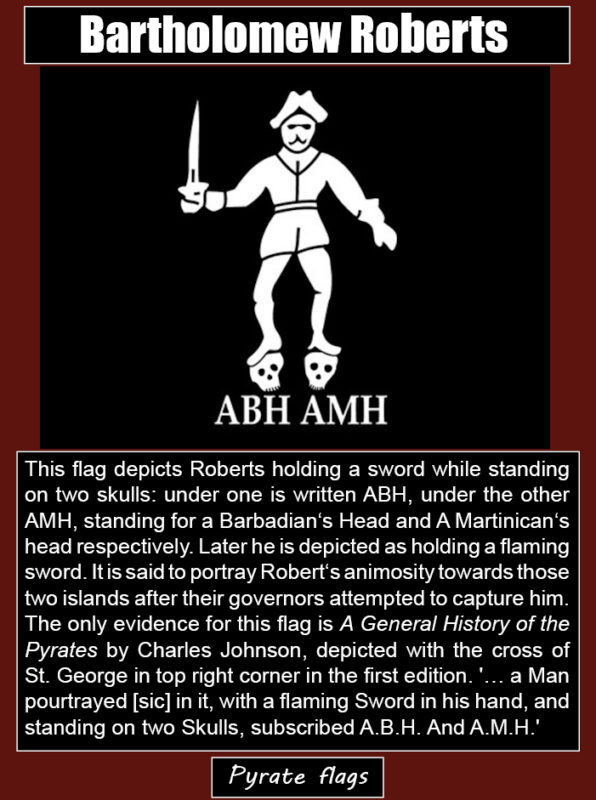
This flag depicts Bartholomew Roberts holding a sword while standing on two skulls: under one is written ABH, under the other AMH, standing for a Barbadian’s Head and A Martinican’s head respectively. Later he is depicted as holding a flaming sword. It is said to portray Robert’s animosity towards those two islands after their governors attempted to capture him. The only evidence for this flag is A General History of the Pyrates, depicted with the cross of St. George in top right corner in the first edition. ‘… a Man pourtrayed [sic] in it, with a flaming Sword in his hand, and standing on two Skulls, subscribed A.B.H. And A.M.H.’
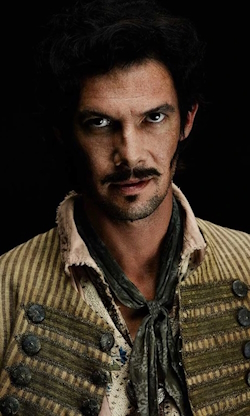
Rackham’s true first name was John, Jack being a nickname for John, said to have originated from the Middle English variation of John, which was commonly pronounced as ‘Jankin’ or ‘Jackin’, over time being shortened to ‘Jack’. His surname is usually spelt Rackham, although other spellings appeared in sources of in a time before spelling was standardized, such as Rackam, Rackum, Racum, or even Racan. The nickname ‘Calico Jack’ first appeared in the 1728 edition of Charles Johnson’s A General History of the Pyrates. It has been claimed he was born in Bristol, England, in 1682, but there is no surviving evidence of this. He is often considered as having been one of the least successful pirates of the Golden Age, only having captured fourteen vessels over a short period, seven of which were fishing boats, one a canoe, the others small trading vessels, obtaing no more than £1400 in plunder.…